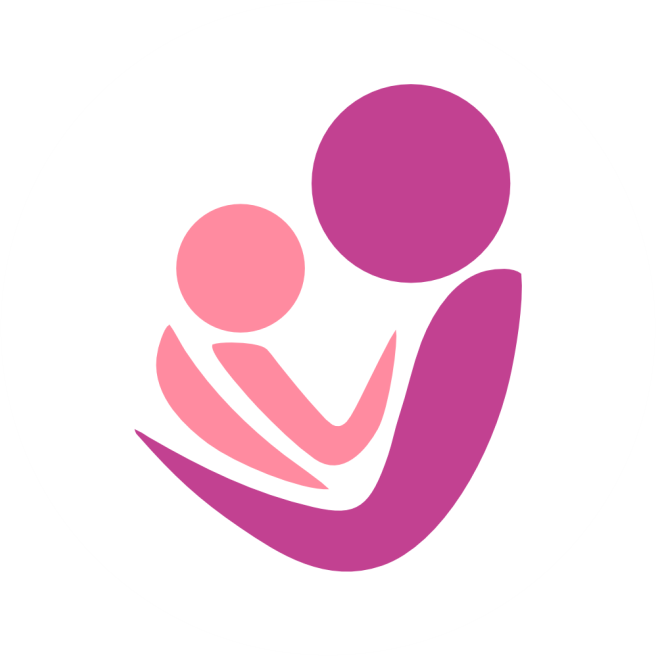ENDOMETRIOSISIn Women
Peritoneal


- Ovarian Endometriosis (Cysts/Endometriomas) [On or In the Ovaries]
- Peritoneal Endometriosis [In the lining of the Pelvis]
- Deeply Infiltrating Endometriosis (DIE) [Deep in the pelvic organs]
- Stage I: Minimal, with small, shallow implants | Stage II: Moderate | Stage III: Severe | Stage IV: Extensive
- MYTH
Endometriosis can be cured by pregnancy or a hysterectomy
- FACT
Pregnancy may temporarily relieve symptoms, it doesn’t cure the condition. A hysterectomy, or removal of the uterus, doesn’t cure endometriosis
- MYTH
Endometriosis is caused by tampons or sexual activity
- FACT
No, endometriosis is not caused by tampons or sexual activity. The exact cause is unknown, but some research suggests it may be linked to an immune system disorder or genetics.
- MYTH
Endometriosis only affects the pelvic area
- FACT
No, endometriosis lesions can appear in other places, such as the lungs.
- MYTH
Endometriosis can be diagnosed with a blood or urine test
- FACT
No, endometriosis can’t be diagnosed with a blood or urine test. A doctor may recommend an ultrasound, MRI scan, or laparoscopy to diagnose endometriosis.
- MYTH
Endometriosis prevents pregnancy
- FACT
No, most women with endometriosis can conceive and have children. However, endometriosis can make it difficult to conceive, and it’s important to talk to a specialist if you’ve been trying to get pregnant for six months or more.
- MYTH
Endometriosis symptoms are just heavy periods
- FACT
No, heavy bleeding during menstruation is not the same as endometriosis symptoms. Bleeding should not soak through a pad or tampon in one hour.
WHAT CAUSES ENDOMETRIOSIS IN WOMEN?
HOW COMMON IS ENDOMETRIOSIS?
HOW IS ENDOMETRIOSIS DIAGNOSED?
WHY IS ENDOMETRIOSIS PAINFUL?
DOES ENDOMETRIOSIS AFFECT FERTILITY?
HOW IS ENDOMETRIOSIS TREATED?
-
Dr. Sumana SObstetrician | Gynecologist Fertility Specialist Tweet
"ENDOMETRIOSIS"
"Endometriosis Awareness Day is on 1st March""Endometriosis Awareness Week is in 1st Week of March" "Endometriosis Awareness Month is March" Endometriosis Awareness Associated Ribbon Color is "YELLOW"
- Endometriosis Awareness at ATHARV Women Care.
Endometriosis Awareness Day’s origin is rooted in the efforts by various patient advocacy groups, medical professionals and individuals impacted by the chronic and often painful condition to bring attention to its prevalence, symptoms and impacts on women’s health since it affects millions of women worldwide but it is often underdiagnosed or misdiagnosed, leading to delays in treatment and unnecessary suffering.
- #ENDOMETRIOSIS
#endometriosisawarenessmonth #endometriosis #endowarrior, #endosisters #endometriosiswarrior #pelvicpain, #chronicpelvicpain #painfulperiod #painfulsex #invisibleillness
Google Reviews
Excellent rating
Based on 759 reviews

